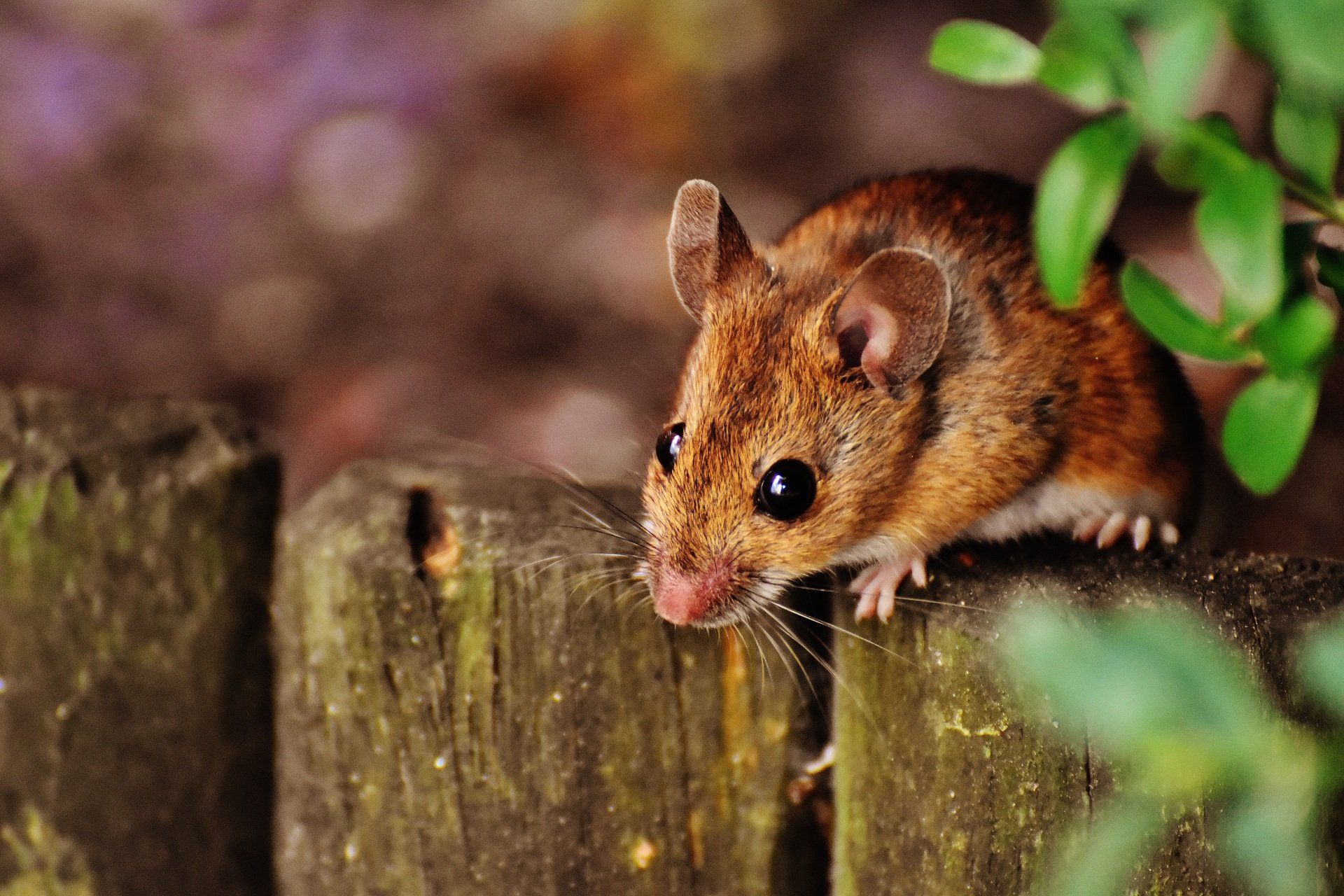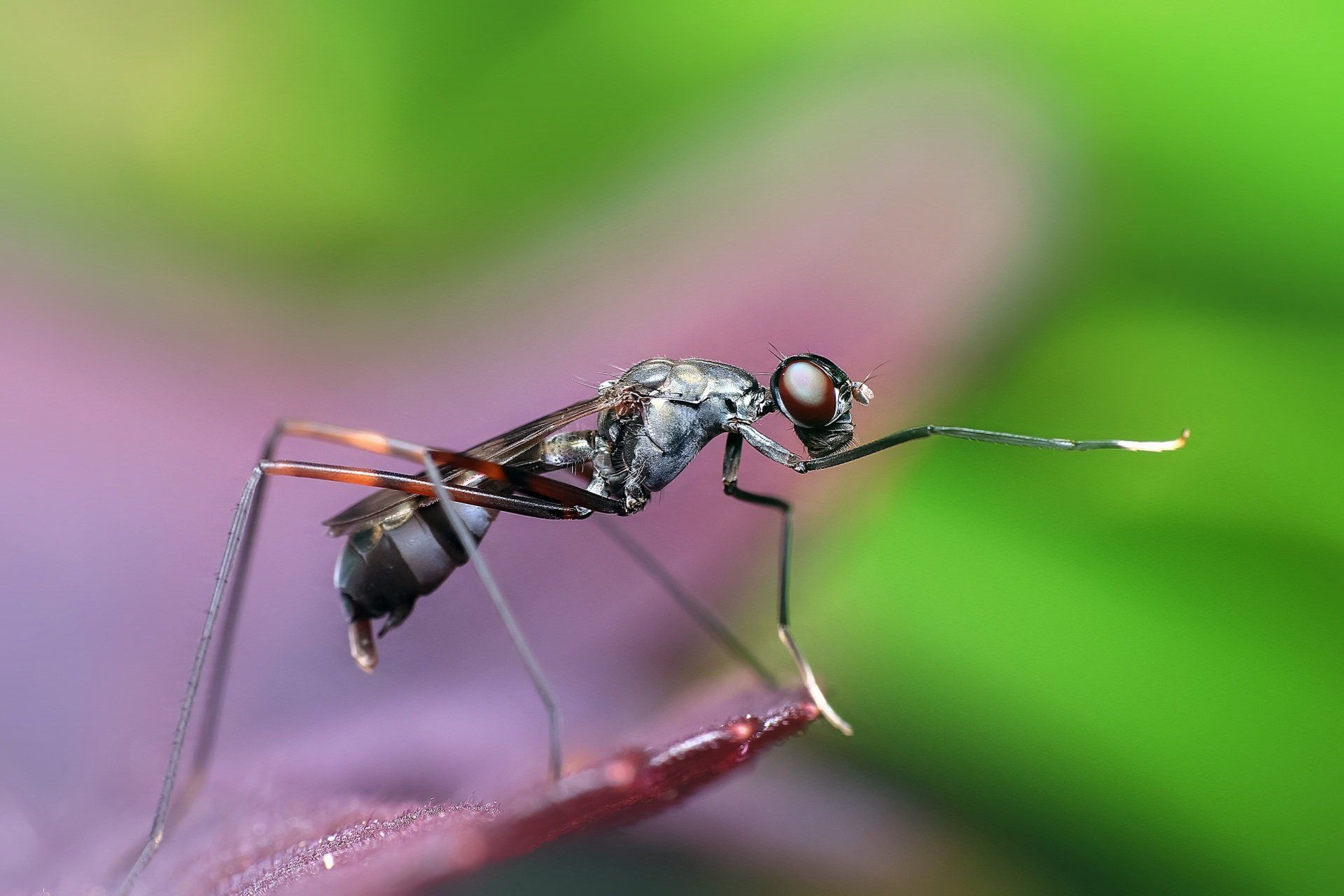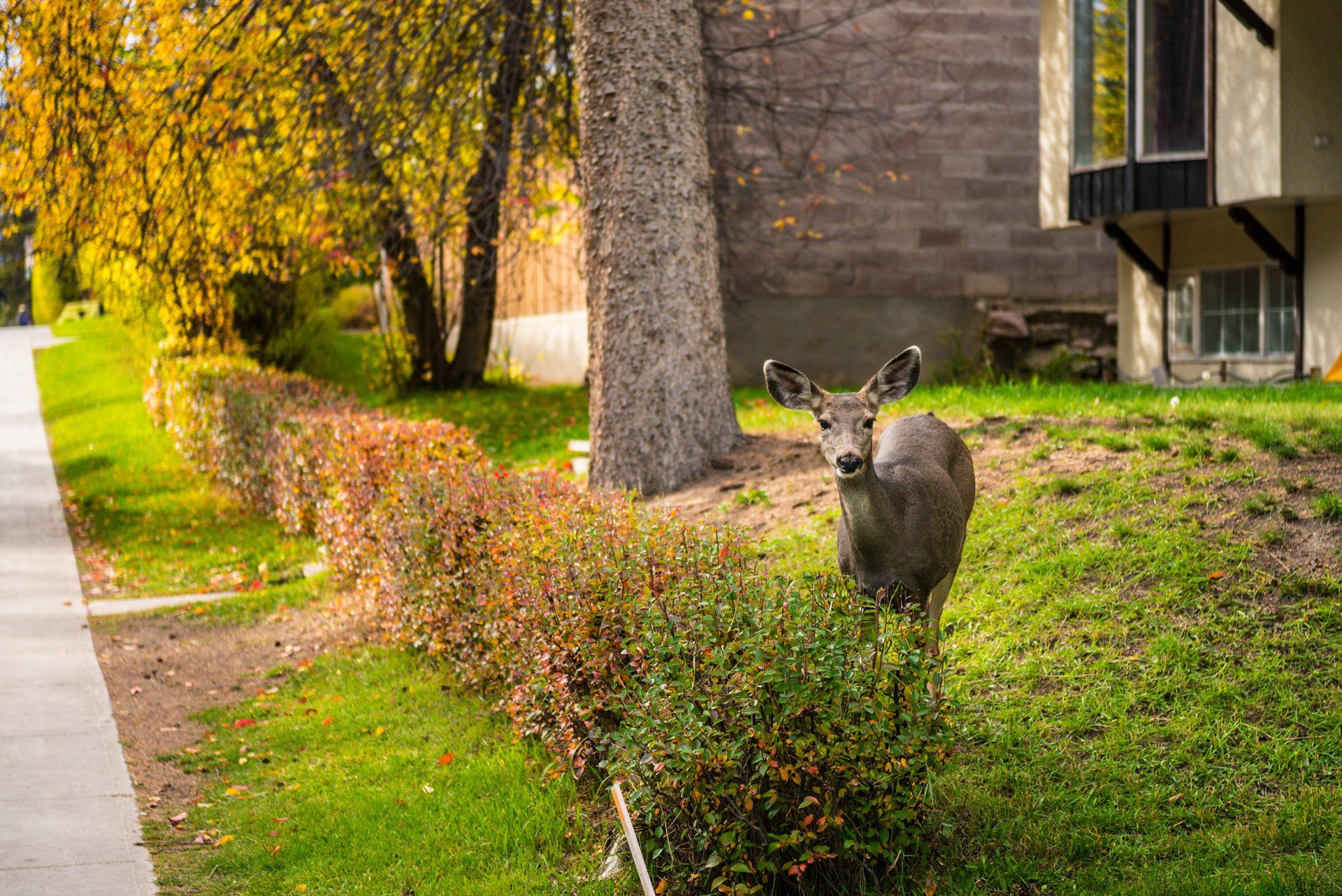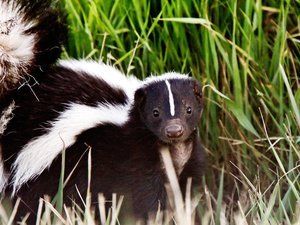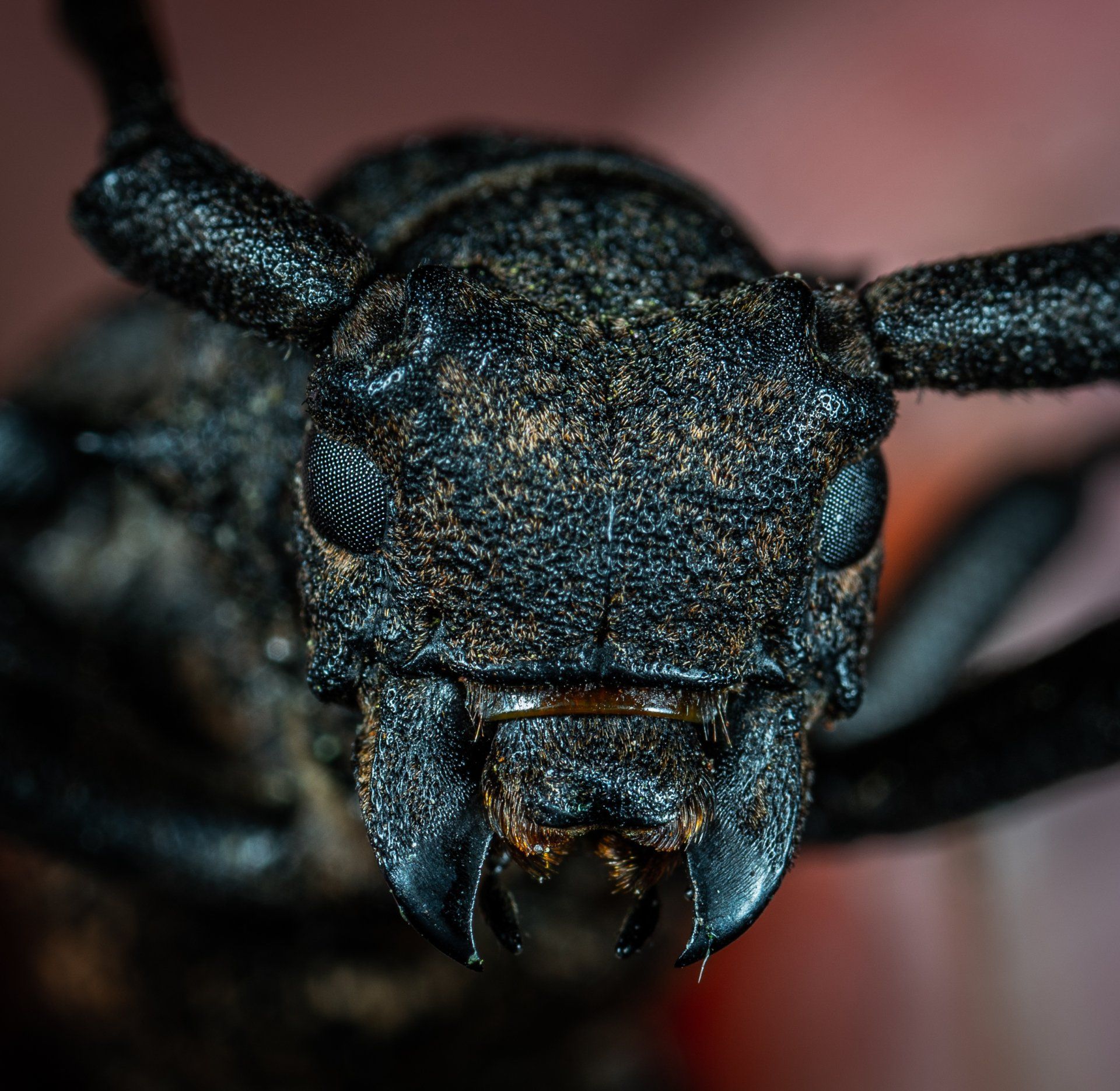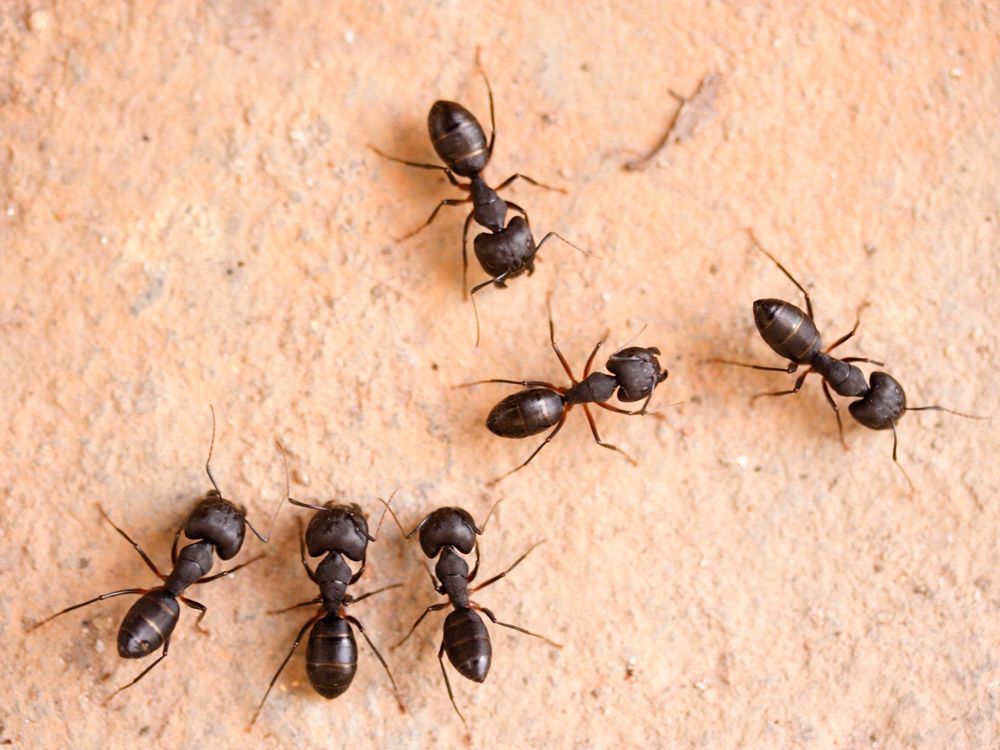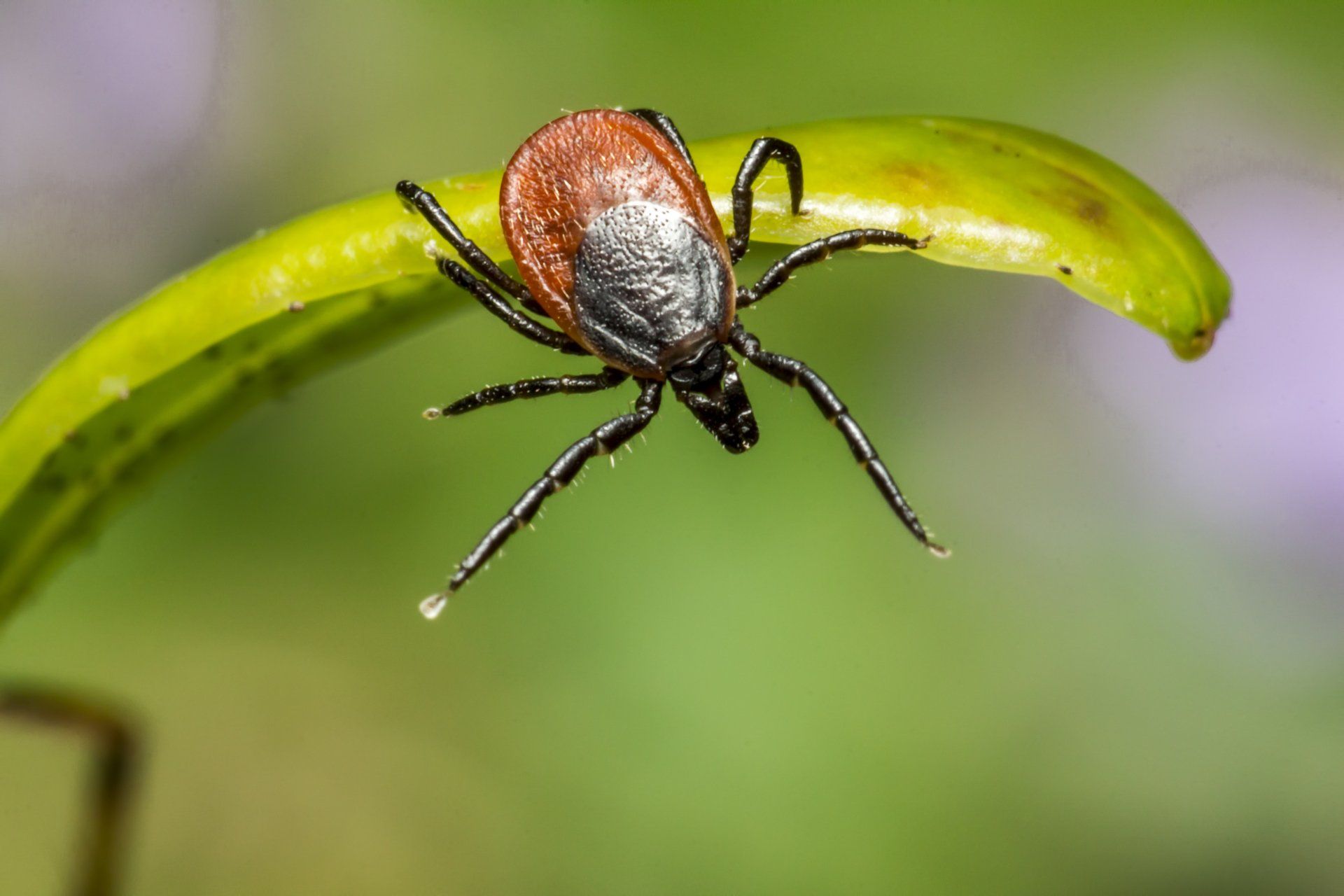Gray Squirrels vs Flying Squirrels: How to Tell the Difference
Keep critters out by understanding the difference between grey and flying squirrels.
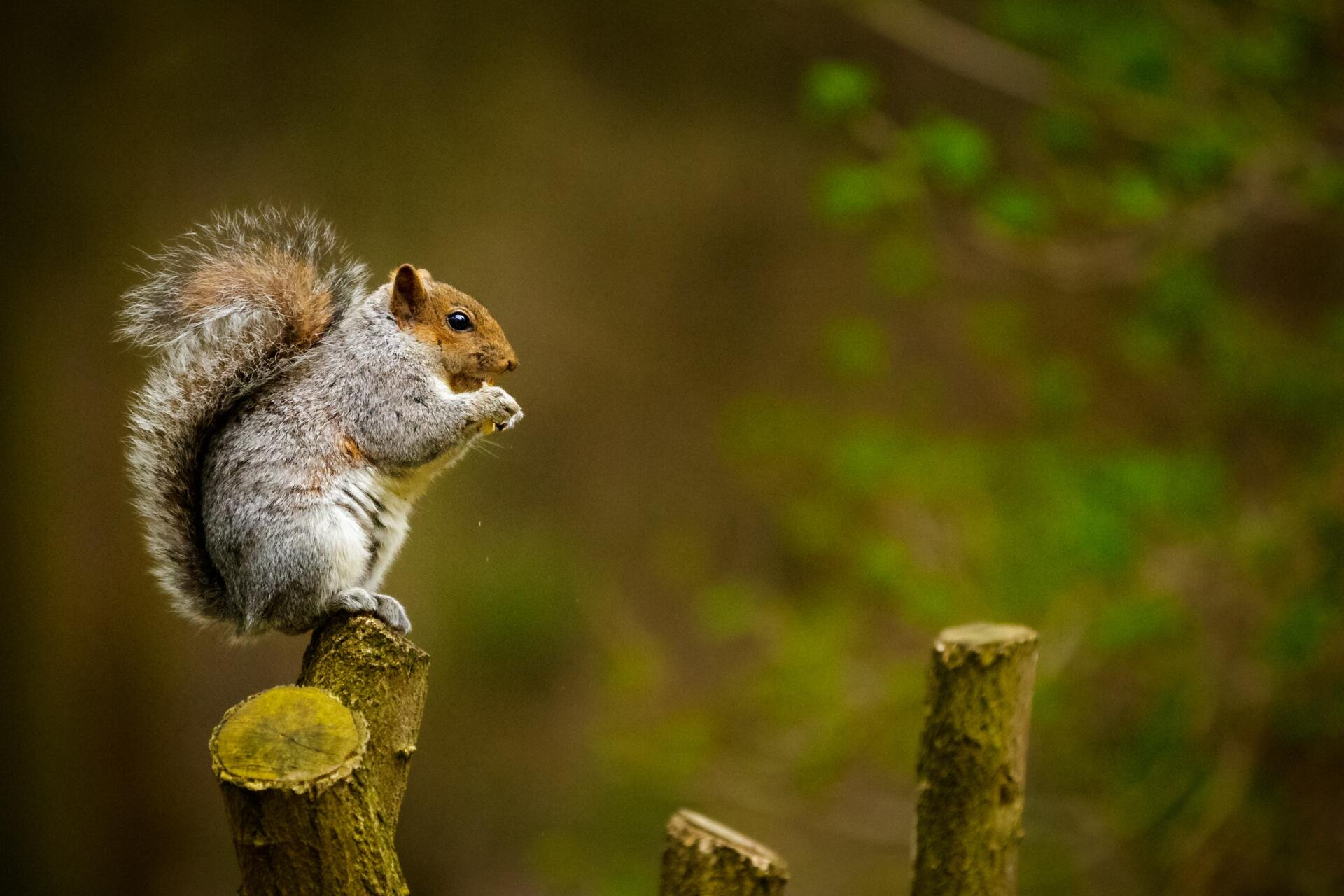
It might surprise you to learn that there are more than 65 types of squirrels in the US. If you’ve ever taken note of your backyard inhabitants, you may find yourself wondering how to differentiate between grey squirrels and flying squirrels.
Although they boast similar attributes, they do bear many differences. This article will help you identify the
type of rodent hanging around your home, allowing you to take preventative action before a possible winter infestation.
Keep reading to learn more about grey squirrels, the NJ flying squirrel, and preventing squirrel damage.
Grey Squirrel
A grey squirrel can easily double the size of a flying squirrel. The average grey squirrel's size is roughly 15 to 20 inches in length, with a weight of roughly 1.25 pounds.
Grey squirrels commonly have light to dark grey fur, although some are darker grey in color, with a greyish underbelly. They’re most recognizable by their bushy tail.
A grey squirrel’s diet is similar to the flying squirrel, eating nuts, acorns, fruit, plant buds, varying insects, garden plants, and bird eggs (although this is less common). Grey squirrels eat what’s readily available in their environment and are more opportunistic than flying squirrels.
A grey squirrel has a mating season from December to January, resuming its mating activities in May and June.
Grey squirrels and flying squirrels in NJ keep their young with them for several weeks after birth.
Flying Squirrel
If you’re looking to identify possible flying squirrels, remember that grey squirrels and the flying squirrel in NJ have front teeth like tiny chisels, extremely sharp claws, and very strong legs. Their incisors are continuously growing, helping them chew wood and nuts. However, this means continuous gnawing which can lead to serious home damage.
Flying squirrels have two mating seasons: late winter into early spring and then between June and August.
These squirrels are easier to identify as they’re a lot smaller than grey squirrels, measuring 8-12 inches in length and weighing about 2 ounces.
Flying squirrels vary in color, ranging from grey to brown to reddish-brown, and have white or grey underbelly.
These squirrels also have large, dark eyes that help them see in the dark, and their tales are flattened. They bear a parachute-like membrane that stretches the length of their bodies.
This is called a patagium, and it allows them to glide across trees. The large eyes and patagium are the easiest ways to identify this type of squirrel.
A flying squirrel’s diet is similar to a grey squirrel, but a majority of their diet includes fungi
and lichens.
Squirrel Damage to a House
It may seem difficult to differentiate between mice and flying squirrel damage, especially if you hear something in your attic but can’t identify the animal. Remember that mouse activity can mimic flying squirrels, but won’t be as loud.
Grey and flying squirrel damage to a house occur at different times of the day. Grey squirrels commonly inflict the bulk of their damage during the day, as they’re diurnal. However, flying squirrels are nocturnal and damage your home while you’re sleeping.
Both present a serious hazard to your home, as they can chew through wires, possibly starting fires. They can also block vents with their nests.
Both types of squirrels can cause structural damage, chewing through walls, baseboards, and even attic insulation. Their droppings pose a health hazard to you and your family, which is why you need a professional
pest control technician to prevent the issue before it starts.
Squirrel roof damage is costly and dangerous, as they peel up your shingles, chew through your decking, rip holes in your soffit or fascia, destroy your gutters, and ultimately gain entrance to your home through these openings, where the damage continues.
Squirrel Prevention Tips and Tricks
Remember that, although squirrels look cute, they’re more foe than friend. Grey squirrels are particularly accustomed to living among humans, you shouldn’t attempt to handle them or touch their feces. They carry
diseases such as typhus, mange, and cat scratch fever, to name a few.
If you suspect squirrels have infiltrated your home, check for signs such as claw or chew marks on your home’s siding, holes or tunnels in your insulation, random holes where you wouldn’t expect them, feces, leaves, and twig nests, and possible sounds of chewing, scampering, or scratching within your home or attic.
Promptly seal off any entry points you think squirrels are entering through, including gaps in
your foundation, openings in your chimney, and holes in your siding. It is important to note that if you believe a squirrel is already nesting inside your home, do not seal off the main entry point.
Doing so could trap the animal inside and create a bigger problem as they try to exit your home later in the day. They may even end up inside your home! In this case, a one-way door will need to be placed to allow any animals to leave the structure, but not be able to reenter.
If you have tree branches close to your home, be sure to trim them. This along with utility lines is the first point of access for squirrels to enter your roof and gutter areas. Placing squirrel-proof feeders can also be helpful to eliminate easy access to a food source close to your home.
Flying Squirrels: Leave Them to the Pros
If you suspect you have a problem with grey or flying squirrels, be sure to take preventative
measures immediately. If squirrels are nesting inside your home, a pest management professional should be called immediately to evaluate the problem.
Use this helpful guide to establish which type of squirrels you have on your property, and remember that they carry disease and should not be handled.
Reach out to us today to secure your home from unwanted pests.
We will get back to you as soon as possible
Please try again later
About Us
Contact Info

